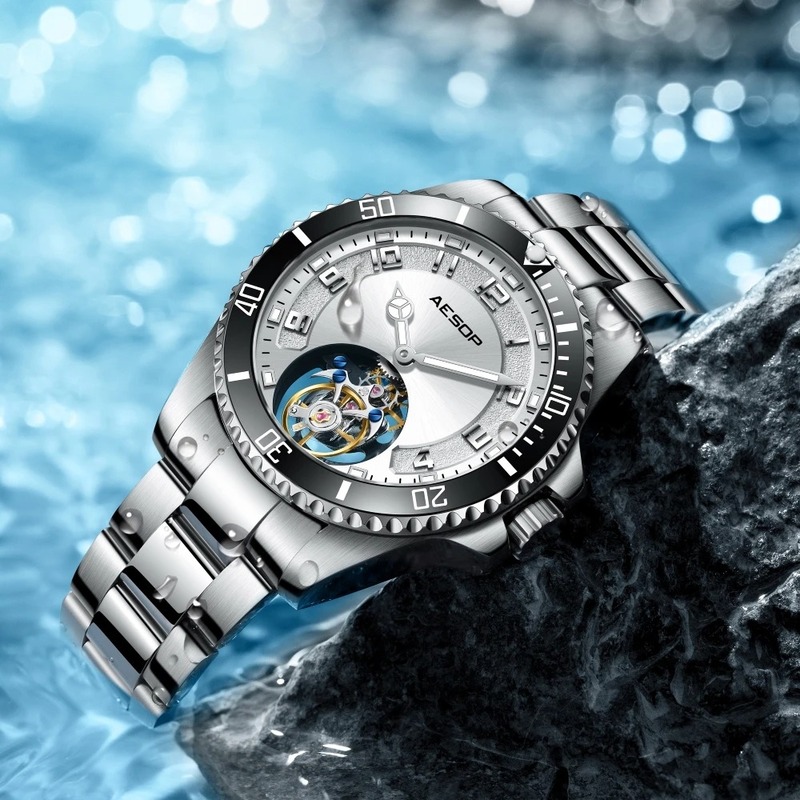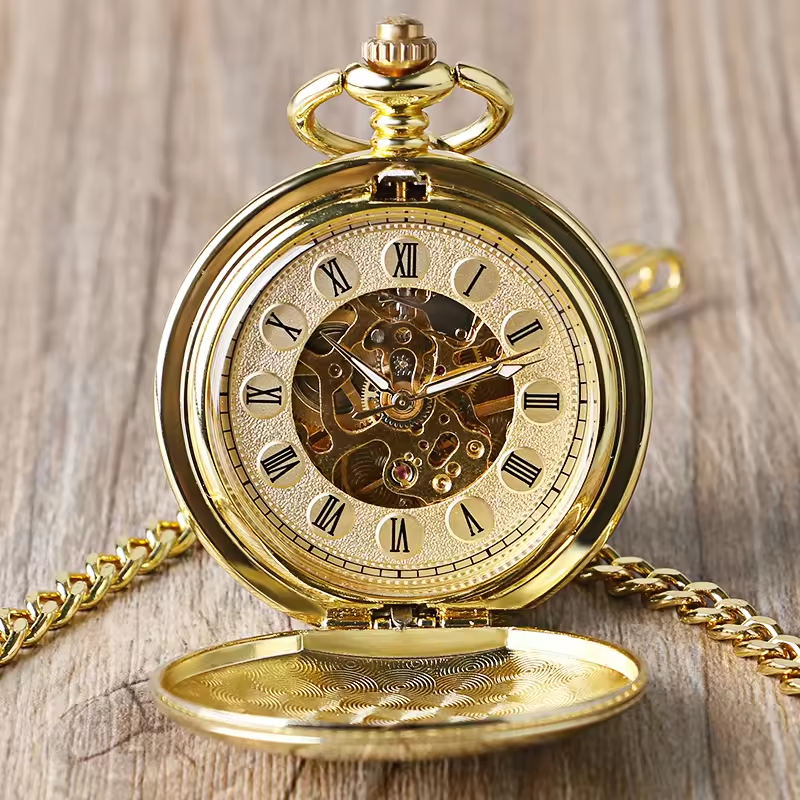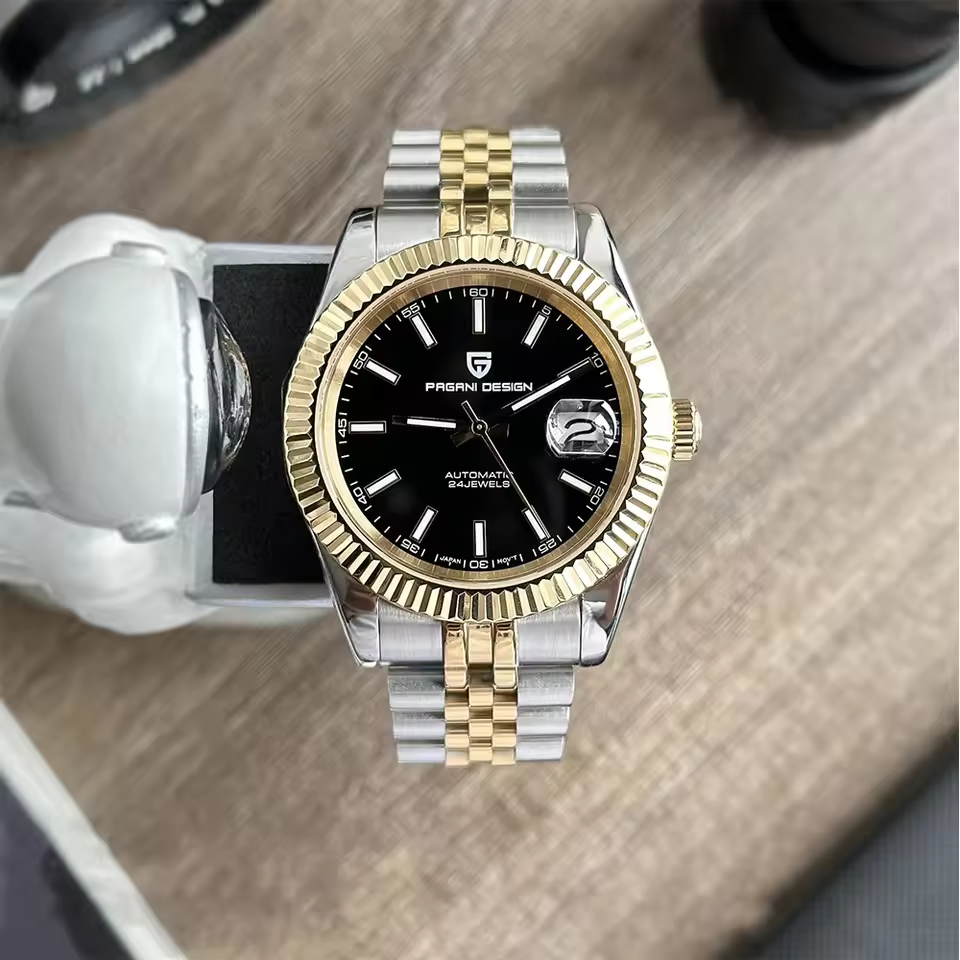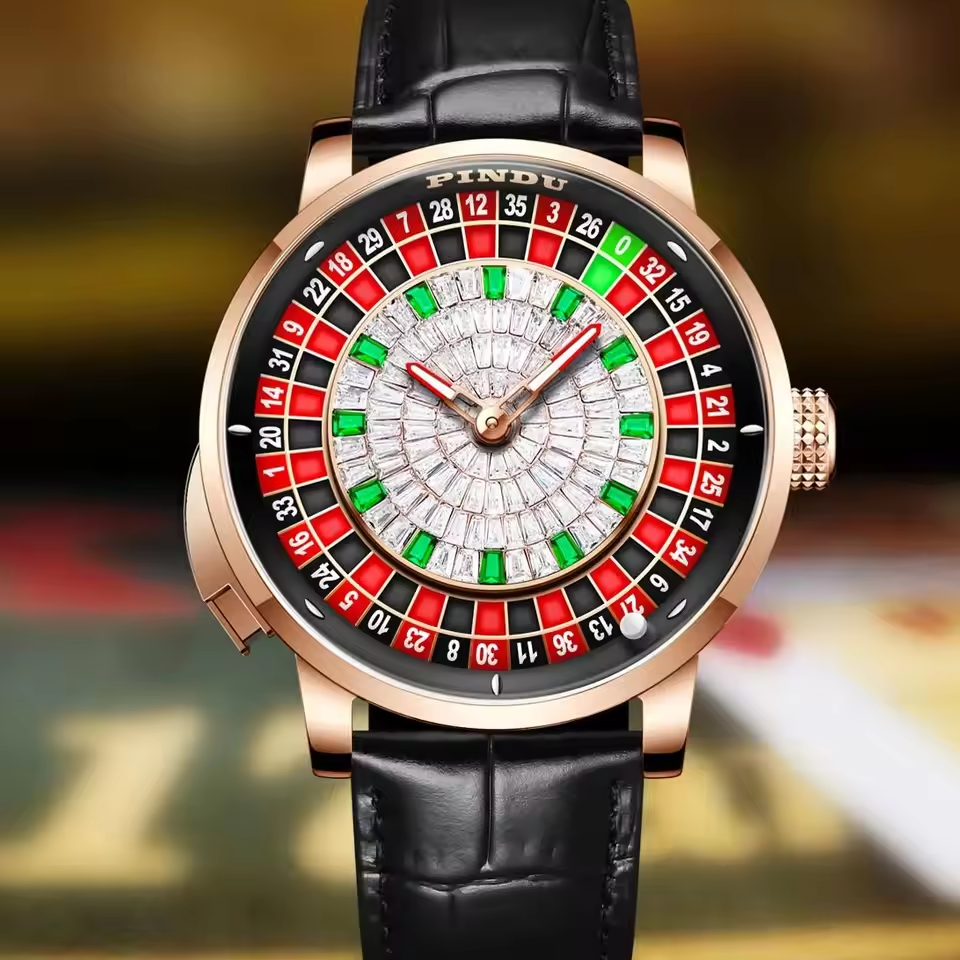What Is a Mechanical Dive Watch?
A mechanical dive watch is a type of timepiece specifically designed for underwater use. Unlike regular watches, these are built to withstand the pressure and harsh conditions of diving. They run on a mechanical movement, meaning they operate through a complex system of gears and springs without the need for batteries. This traditional timekeeping mechanism is both intrinsically fascinating and highly valued by watch enthusiasts.
Their sturdy construction includes features such as water resistance, a unidirectional rotating bezel to measure dive time, and luminous hands for visibility in low-light conditions. Mechanical dive watches not only serve as a tool for divers but also as a statement of style and craftsmanship.
Essential Features of a Dive Watch
When scouting for a mechanical dive watch, several essential features are non-negotiable. First and foremost, water resistance is critical. Look for watches rated for at least 200 meters to ensure they can handle depths typical in recreational diving. In addition, a robust case and a sapphire or hardened mineral glass crystal protect against impacts and abrasions.
The watch must have a unidirectional bezel. This bezel only turns one way to prevent accidental adjustments that could indicate less dive time remaining. Legibility is another key factor. Large, clear markers and luminous hands or dials are a must for reading time in murky underwater conditions.
Other desirable features include a reliable strap or bracelet that can withstand water exposure and resist corrosion. A screw-down crown ensures a watertight seal at the point where you set the time. And lastly, a helium escape valve is a bonus feature for professional divers doing deep saturation diving, as it allows built-up helium to escape and prevent damage during decompression phases.
Each feature contributes to the overall performance and safety of the diver. When evaluating a mechanical dive watch, it’s important to ensure these core aspects meet the demands of underwater adventures.
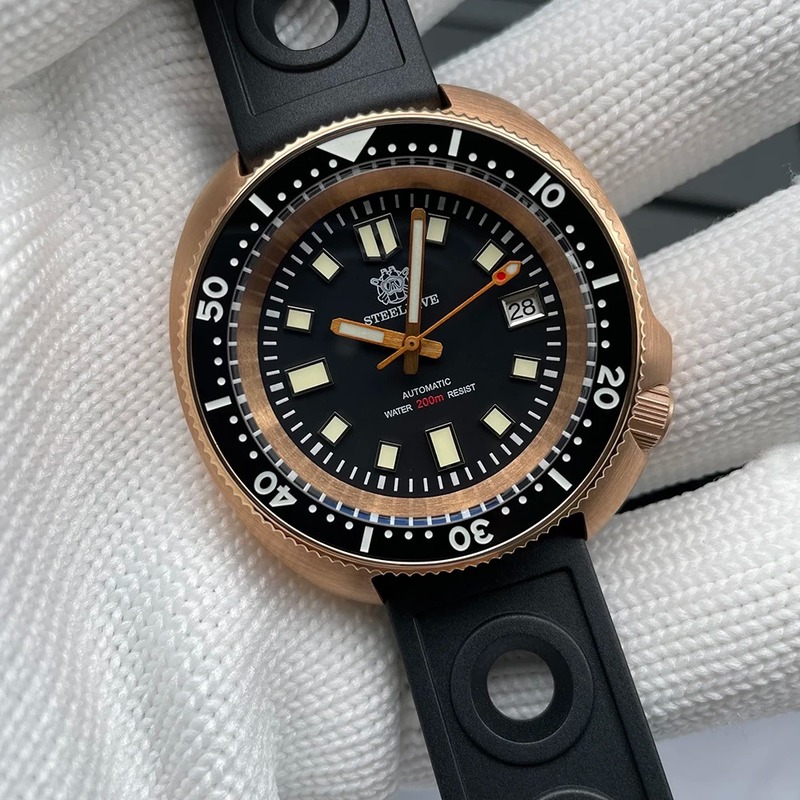
The History of Dive Watches
The first mechanical dive watch appeared in the early 20th century. It was a critical tool for military divers. Omega introduced one of the earliest models, the ‘Omega Marine’, in 1932. It stood out for its water resistance and robustness. Over time, the design and technology of dive watches have evolved. They have become popular with both professional divers and watch collectors.
Subsequent decades saw brands like Rolex and Blancpain enhancing the dive watch. Rolex created the ‘Submariner’ in 1953, marking a milestone with its 100-meter water resistance. Blancpain released the ‘Fifty Fathoms’ around the same time. This watch had a remarkable 200-meter depth rating. These advances set the standard for future mechanical dive watches.
By the 1960s, dive watches were not just functional tools but also style icons. Sean Connery’s James Bond famously wore a Rolex Submariner, making it a symbol of cool. This era cemented the dive watch’s place within popular culture and style.
In the following years, technology kept pushing boundaries. Features like helium escape valves and greater depth ratings improved. Divers could go deeper and stay underwater longer safely. Brands strove to balance precision, durability, and style. These efforts made mechanical dive watches a versatile choice for many.
Today, the legacy continues with mechanical dive watches combining tradition and innovation. They honor their rich history while embracing new advancements. For those passionate about diving or horology, a mechanical dive watch is a timeless piece of history. It represents human achievement in exploration and engineering.
Mechanical vs. Quartz Dive Watches: The Differences
Mechanical and quartz dive watches vary significantly in their operation and appeal. They’re powered by movements from the wearer’s wrist or manual winding. Their intricate designs often become collectibles and hold sentimental value for watch aficionados. Quotidian maintenance, being mindful of the intricacies, is necessary. They have the potential for greater longevity if well maintained.
Quartz dive watches, on the other hand, are driven by a battery and electronic oscillator synchronized by a quartz crystal. This leads to remarkable accuracy and low maintenance. They’re practical and often more affordable than their mechanical counterparts. While quartz watches excel in precision and simplicity, they lack the mechanical movement’s charm, failing to capture the classic horological essence.
Another key difference is durability. Mechanical watches are praised for enduring harsh environments. They’re crafted with longevity in mind, made to survive the deep sea’s rigors. Quartz watches are sturdy, but their electronic components might be more susceptible to extreme conditions. For divers, the reliability a mechanical watch offers underwater is often preferred.
In terms of functionality, mechanical dive watches require the wearer to be more hands-on. They need regular winding and care. Quartz dive watches offer convenience, operating consistently without the wearer’s intervention. Their accurate timekeeping is a valuable asset for divers needing precise timing.
Both watch types have a rightful place in the world of diving. The choice often boils down to personal preference, with individuals valuing either the traditional craftsmanship of mechanical watches or the modern efficiency of quartz timepieces. When selecting a mechanical dive watch, consider these differences as they can greatly influence your diving and timekeeping experience.
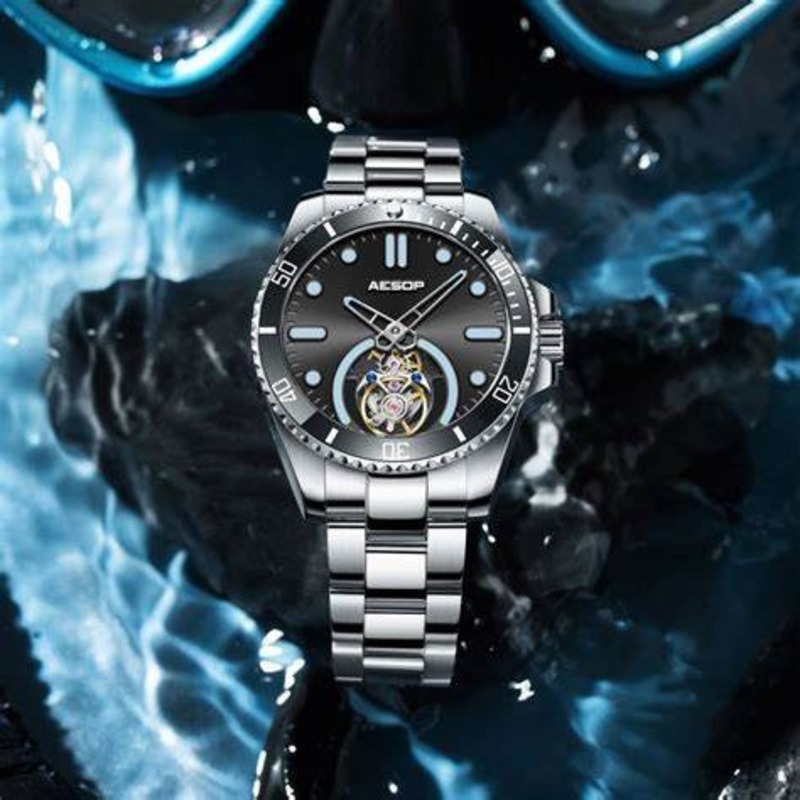
How to Evaluate the Quality of a Mechanical Dive Watch
Evaluating the quality of a mechanical dive watch involves several considerations. Here are key aspects to examine closely:
Check the Movement’s Accuracy
A precise movement is the heart of any reputable mechanical dive watch. Verify the watch’s accuracy by checking its timekeeping against a standard time source.
Assess the Build Quality
Examine the watch case, bezel, and crystal for solid construction. Quality materials like stainless steel and sapphire crystal indicate durability.
Review Water Resistance Level
Ensure the watch meets appropriate water resistance standards for diving. Look for a minimum of 200 meters rating for recreational diving.
Analyze the Bracelet or Strap Integrity
The strap should be robust and resistant to corrosion. A metal bracelet or a high-quality rubber strap is indicative of good quality.
Observe the Luminosity
The hands and markers must be legible in low light. Check if the luminescence is bright and long-lasting.
Consider the Brand’s Reputation
Research the brand for its history in making reliable dive watches. Renowned brands tend to offer quality assurance and after-sales service.
Each of these points is critical in determining the overall quality and reliability of a mechanical dive watch. A watch that scores well in all these areas is more likely to be a worthwhile investment.
The Top Brands in Mechanical Dive Watches
When exploring the world of mechanical dive watches, several top brands stand out for their excellence and innovation. These brands have set the benchmarks in durability, precision, and design, earning a place in the hearts of diving enthusiasts and collectors alike. Here we highlight some of the leading names in the industry.
Rolex
Synonymous with luxury and precision, Rolex is perhaps the most renowned name in the realm of dive watches. The Rolex Submariner is an iconic model, celebrated for its robust design and impeccable craftsmanship. With a history of pioneering water resistance, Rolex continues to impress with high-quality materials and precision engineering.
Omega
Omega’s contribution to dive watches dates back to the Omega Marine in the 1930s. Over the years, the brand has maintained a strong presence in the dive watch sector, with the Omega Seamaster gaining particular acclaim. Known for its reliability and classic appeal, Omega has cemented its status as a top choice for professionals.
Blancpain
The Blancpain Fifty Fathoms is a trailblazer in the field, offering a 200-meter depth rating early on. This innovation helped establish Blancpain as a major player. Their commitment to excellence and luxury in watchmaking is evident, making them a revered brand among diving watch aficionados.
Seiko
Seiko has earned respect in the dive watch market for offering high-quality timepieces at more accessible price points. Their dive watches are known for their ruggedness and reliability, making them a favorite among divers who seek functional durability without compromising on quality.
Panerai
Acknowledged for their distinctive design and historical ties to maritime endeavors, Panerai dive watches have a loyal following. With roots in supplying the Italian Navy, Panerai’s watches are built to endure extreme conditions, all the while exuding a unique style.
These brands exemplify the balance of aesthetics, functionality, and durability that mechanical dive watches should possess. They have each played a significant role in the evolution of dive watches and continue to push the boundaries of what these timepieces can achieve underwater and above.
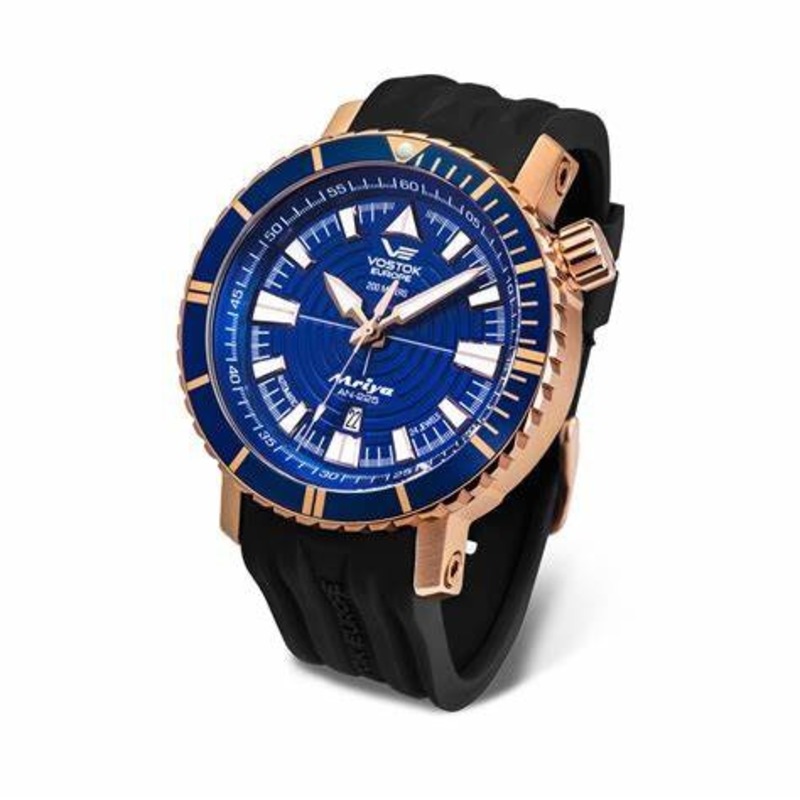
Maintenance Tips for Mechanical Dive Watches
Proper maintenance is key to ensure the longevity and performance of a mechanical dive watch. Here are some essential care tips that watch owners should practice:
Regular Cleaning
Wipe your watch regularly with a soft cloth. Keep dirt and salt buildup away, especially after diving.
Routine Servicing
Have your watch serviced by a professional every few years. This keeps the movement accurate and prevents wear.
Avoiding Extreme Temperatures
Keep your watch away from extreme heat or cold. Temperature shifts can affect timekeeping.
Careful Handling of the Crown
Turn the crown gently when setting the time. Do not force it; this could damage the seals.
Checking Water Resistance
Have seals and water resistance checked during each service. Seals can wear out and compromise your watch’s water-tightness.
Being Mindful with Magnets
Avoid placing your watch close to strong magnets. Magnetic fields can disrupt the movement.
Using the Right Tools
When changing straps or making adjustments, always use the appropriate tools to avoid scratches.
By following these maintenance tips, you’ll help ensure your mechanical dive watch remains a reliable companion on all your underwater adventures. Regular care extends the life of your timepiece and maintains its precision and durability.
Selecting the Right Mechanical Dive Watch for Your Needs
Choosing a mechanical dive watch is personal. It should meet your diving demands and style preferences. Consider these factors before buying:
Match the Watch to Your Dive Depth
Check the water resistance rating. Ensure it covers the depths you plan to dive. Aim for a watch rated for at least 200 meters.
Examine Case and Bezel Durability
The case should be robust, with a secure bezel. They must withstand underwater pressures and accidental knocks.
Look for Legible Dials and Luminosity
Ensure the watch face is clear. Opt for strong luminosity for visibility in low-light conditions under water.
Prioritize Comfort and Strap Quality
A comfortable strap that handles water well is vital. A secure fit on your wrist is important while diving.
Factor in the Movement Type
Decide between an automatic or hand-wound movement. Each has merits, so choose what works best with your lifestyle.
Know Your Budget
Prices vary widely. Set a budget that reflects your commitment to diving and your appreciation for watch craftsmanship.
Research and Read Reviews
Look up reviews and experiences from other divers. Their insights can guide you in your decision.
Consider Future Maintenance
Think about long-term care. Choose a brand with accessible service options. Remember, proper upkeep maintains performance.
By taking these steps, you’ll find a mechanical dive watch that is both a reliable tool and a personal statement. Match your choice to your diving habits, style, and expectations for the best experience.
